Editor’s Note: William Larson of Semper Paratus Arms passed away unexpectedly on Saturday, 29-June-2019, just a few short days after this interview was conducted. Please keep his family in your thoughts and prayers and consider donating to the William Larson Memorial Fund, which has just been created over at GoFundMe.
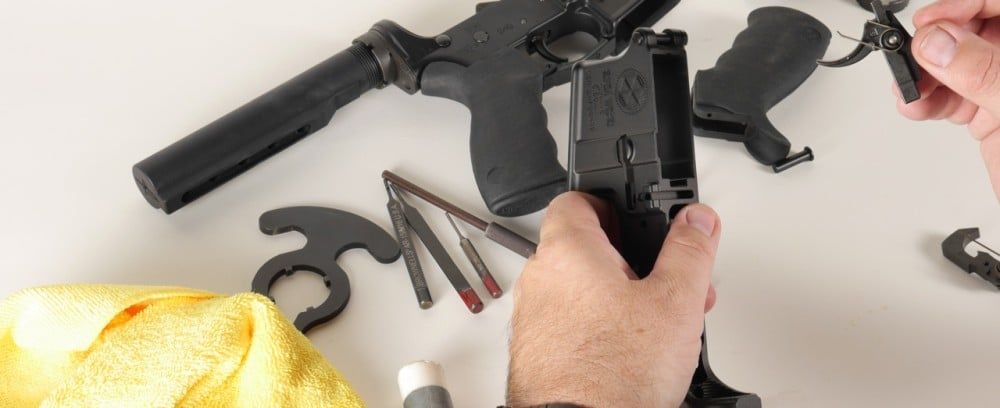
William Larson of Semper Paratus Arms regularly puts on one of the best two-day AR-15 Armorer Courses available anywhere to civilians, law enforcement and military in the world today. He’s also someone we’ve long wanted to speak with to discuss the “do’s and don’ts” of building a truly reliable AR. We were fortunate enough to finally catch up with William Larson during a brief break in his tremendously busy schedule. The result of that interview is below. But first, here’s a brief bio on William Larson, via the Semper Paratus website.
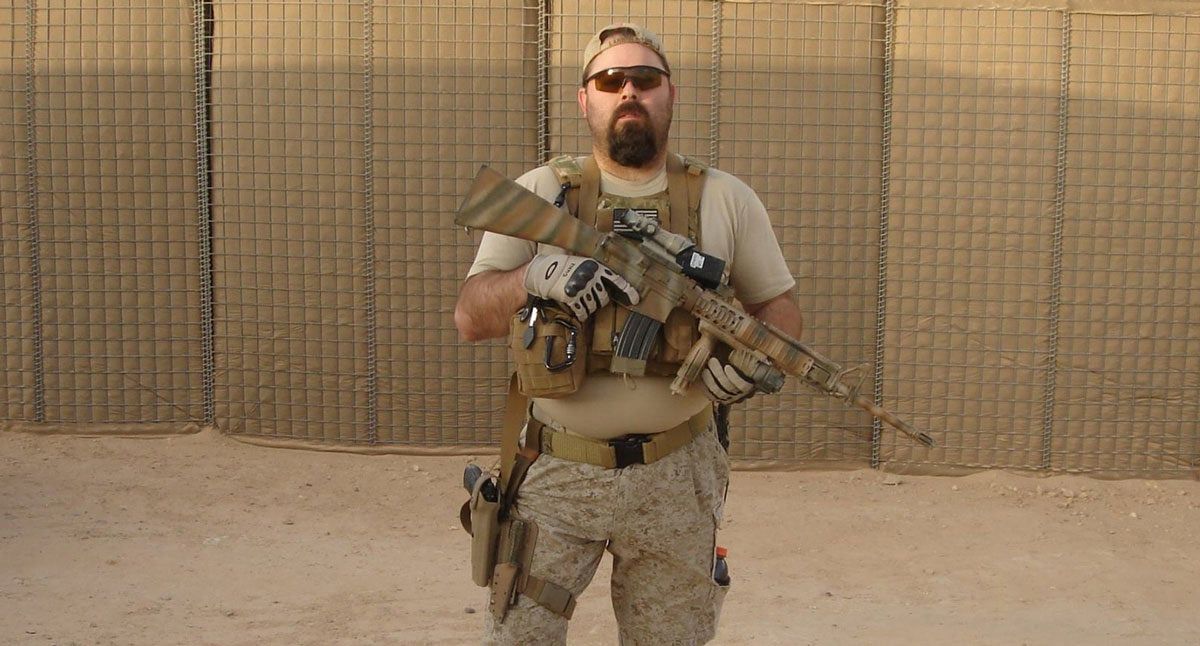
“I am a veteran of both the U.S Army (Infantry) and U.S Coast Guard (Gunners’ Mate) with almost 10 years of total active duty service. Having completed a deployment to the Middle East in support of operations Iraqi and Enduring Freedom in 2005, I entered into the private sector working in Iraq and Afghanistan as an armorer/instructor and security team member for a variety of large private military companies on various Department of Defense and Department of State contracts. I have worked for Triple Canopy, Blackwater USA, Olive Group (UK) and SOC-SMG. In addition I have attended and completed numerous factory armorer courses from such companies as Beretta, Barrett, Colt, Dillon Aero, FN-USA, Glock, Knights’ Armament, Remington, and Sig Sauer. Additionally I have attended a wide variety of shooting courses from Magpul Dynamics, Surefire, The Site Training Center and localized classes.”
Q: Thanks for taking the time to speak with us. Can you talk about how long you’ve been working with the AR platform professionally?
William Larson, Semper Paratus Arms – I’ve been working with these guns for about 32 years now. My very first issued rifle was an old GM Hydra-Matic M16A1. I’ve seen every change that has occurred to the AR family of weapons since then…some good, some bad. I’d say I have a pretty thorough understanding of the platform as well as the reasons why things were put into the gun when it was first designed and built.
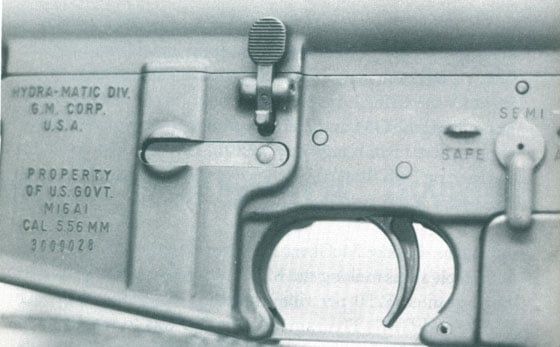
Q: Your resume is quite extensive, however I’d love to focus on how Semper Paratus came about.
William Larson, Semper Paratus Arms – It was one of those weird, twist-of-fate things. I had come back from Afghanistan in 2012. I was done with the contracting world. A month or two later, I received a phone call from a very gracious gentleman named Paul Buffoni, owner of Bravo Company USA. He said “Hey, I understand you’re back. Would you like to come out to BCM and do an internship and see what goes on out here?”
“the single most important thing that I’ve done, AR related.”
I said, “Yes. Absolutely.” It was probably the single most important thing that I’ve done, AR related. I say that because now I was able to see manufacturing and how the market is so much different on the civilian/commerical side.
So, while I was out there working, I had been approached by a company I used to work for overseas. They had offered me a position back in Iraq…and I considered it. But a part of that process meant I would have to go get my certifications renewed.
Well, one of those certifications was the Colt Armorer’s course. That course is a 3 day program, and it is one of the only, if not the only course (off the top of my head) that is recognized by the U.S. government for the AR-15 family of weapons. And basically, it was some things that happened in that course that drove me to actually start Semper Paratus Arms.
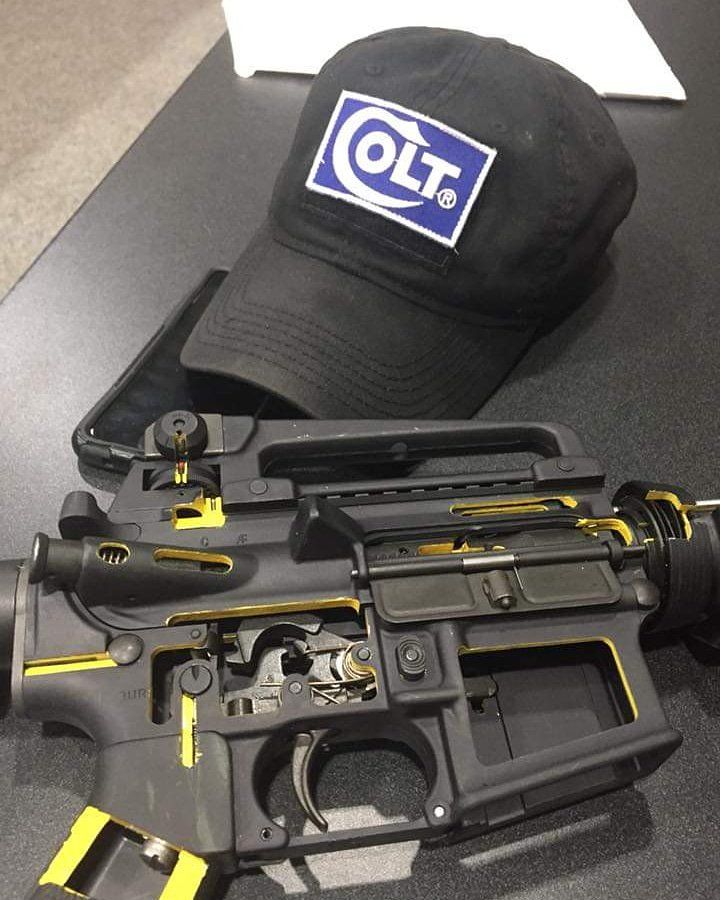
Q: Are you able to talk about what you saw there?
William Larson, Semper Paratus Arms – This was my fifth time going through the course. One thing that I noticed, and you’ll notice if you go to a Colt Armorer’s course…there are generally no civilians in there. It’s generally a “law enforcement/military/government only” type setup. Very few civilians go to the Colt Armorer’s course unless there are some exceptions made for perhaps a Colt stocking dealer to send some of their staff. But other than that, that training is not made available to civilians. I thought that was quite silly.
“it was that simple exchange that sealed the deal for me”
Later on, one of the guys in the class had an issue. The issue was his department was issuing a certain type of gun and they were experiencing malfunctions. And no one was able to give him any guidance, which I thought was very strange.
So, I quietly pulled him aside and told him I was fairly sure I knew what was going on. I told him what he needed to look at. I knew that what I shared would help him. And it was that simple exchange that sealed the deal for me. After that weekend, literally after the class…I sat down and decided that I could and would teach a course of my own.
I knew I could present an armorer’s course that would not simply promote one particular brand and disregard everybody else thats out there. On top off of that, it would be an open enrollment class. As much as possible, I would allow civilians to go…and so that is where Semper Paratus began around the September of 2012.
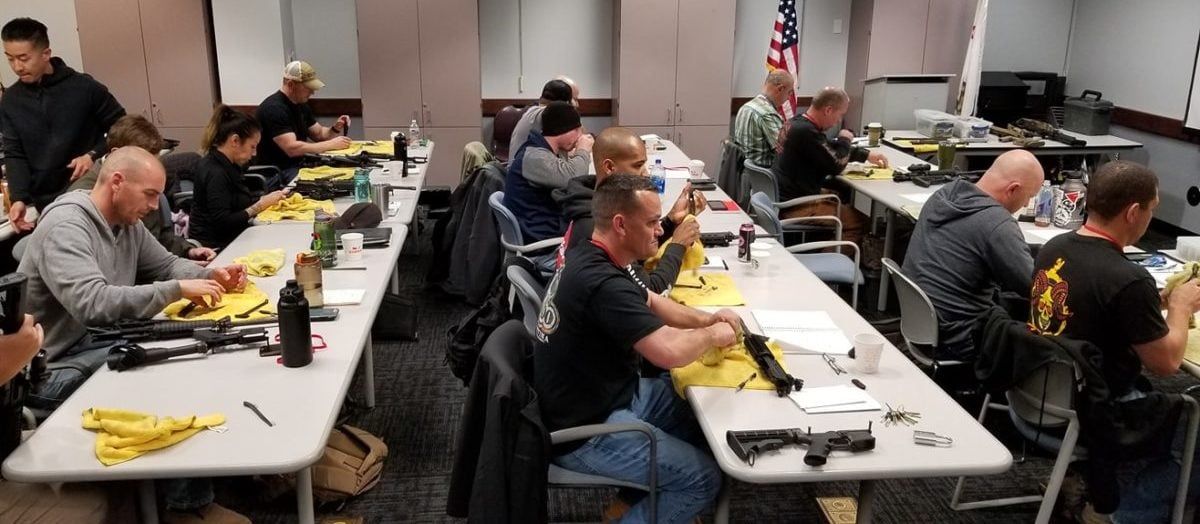
Q: Can you talk about some of the things you cover in the Semper Paratus AR-15 Armorer’s Course?
William Larson, Semper Paratus Arms – The first thing we do at Semper Paratus is a basic intro. We talk about the history of the weapon. It’s important to talk about and understand that history. No weapons platform is perfect. They have growing pains. The AR-15/M16 certainly had growing pains due to issues that it had in Vietnam…Mostly it was not the gun itself, it was the people who started messing with it…But understanding the history of where the weapon came from, how it evolved from where it was to where it is now is important.
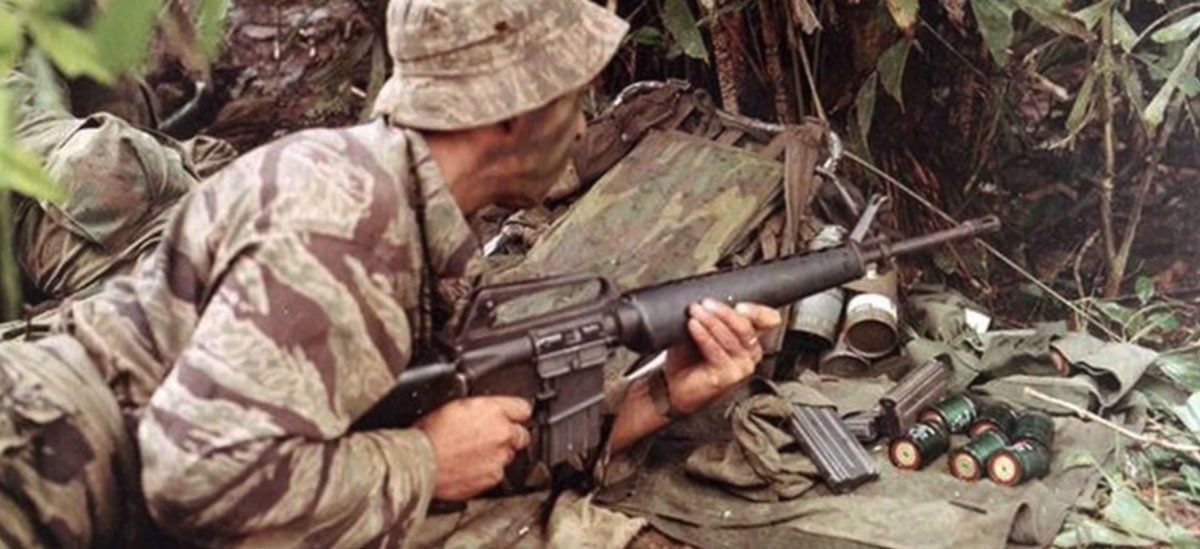
After we talk about the history of the platform, we then discuss the “cycle of operation.” All too often, so-called “professionals” in military and law enforcement…many of them do not understand what “cycle of operation” is, nor can they articulate it in a way that people can understand what is going on.
I’ve had that told to me numerous times in my class, after we cover cycle of operation, someone will approach me and say ”I actually never understood that. It never made sense to me, and now it does. I understand the steps…”
Hands On Approach
From there, I try to blend in hands-on stuff. Everybody is taking apart lower receivers to a basic point…but I also try to bring in the manufacturer aspect. I do that because I am also involved with an AR-15 company based out of Tuscon called Sionics Weapons Systems, which has a fairly large number of law enforcement contracts…
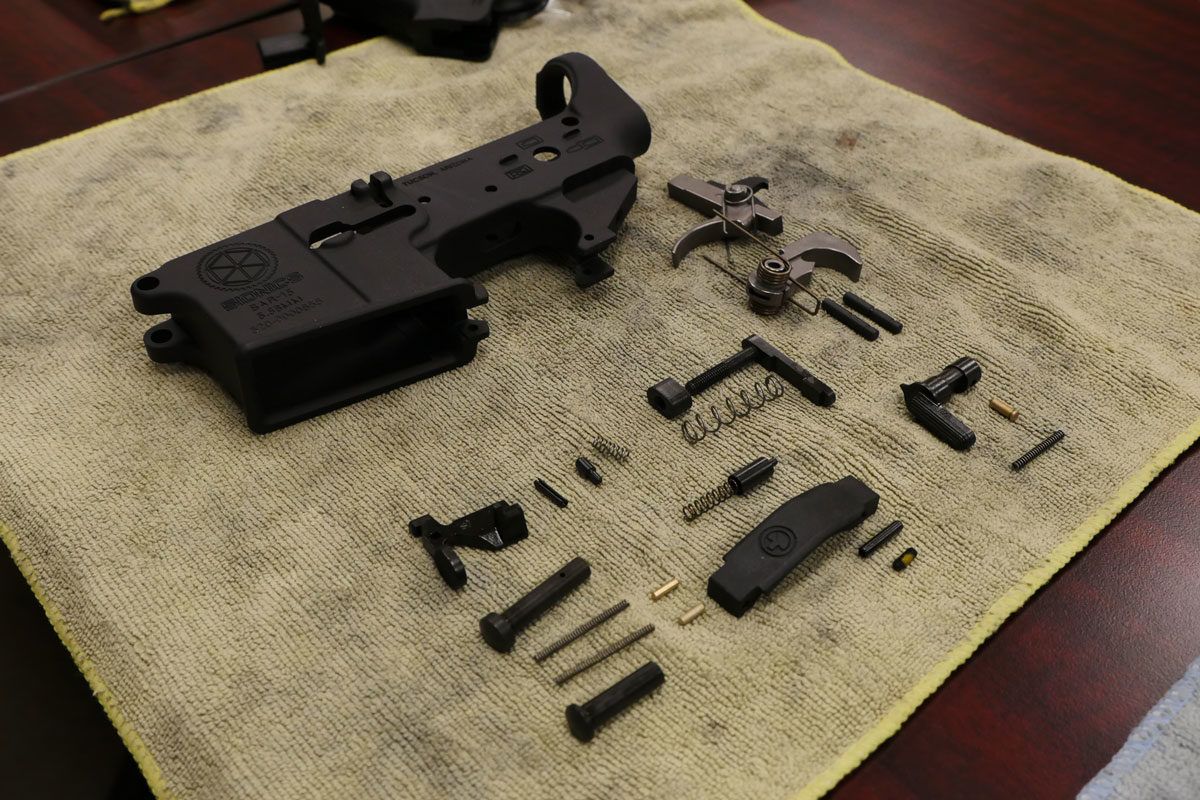
Having a partnership with Sionics and working in that manufacturing field, we are able to see and hear about some of manufacturing defects occurring around the industry…So, I make sure to bring that information to the table. I am able to show and explain both common mistakes made by builders, but also mistakes that are often made on the manufacturing side.
A Discussion on Specs
Then, we talk about various specs. Despite what people think they know, there are certain guns…certain models…that do have specs laid out. One good example of that is the Colt M4 carbine, or its civilian equivalent, the 6920. Those are very basic guns. People either love them or hate them, but the gun itself has a track record. It’s proven and had its baptism in fire very early on in 2001. Again, changes and improvements have been made to the weapons system to make it perform better. There were also later enhancements to magazines, ammunition, etc.
“You have a problem”
I tell guys, “This is a standard gun. If you cannot build a gun to a minimum standard like this, then you have a problem.” It’s not a difficult standard to meet, but it does require a true understanding of the weapon, if that makes sense.
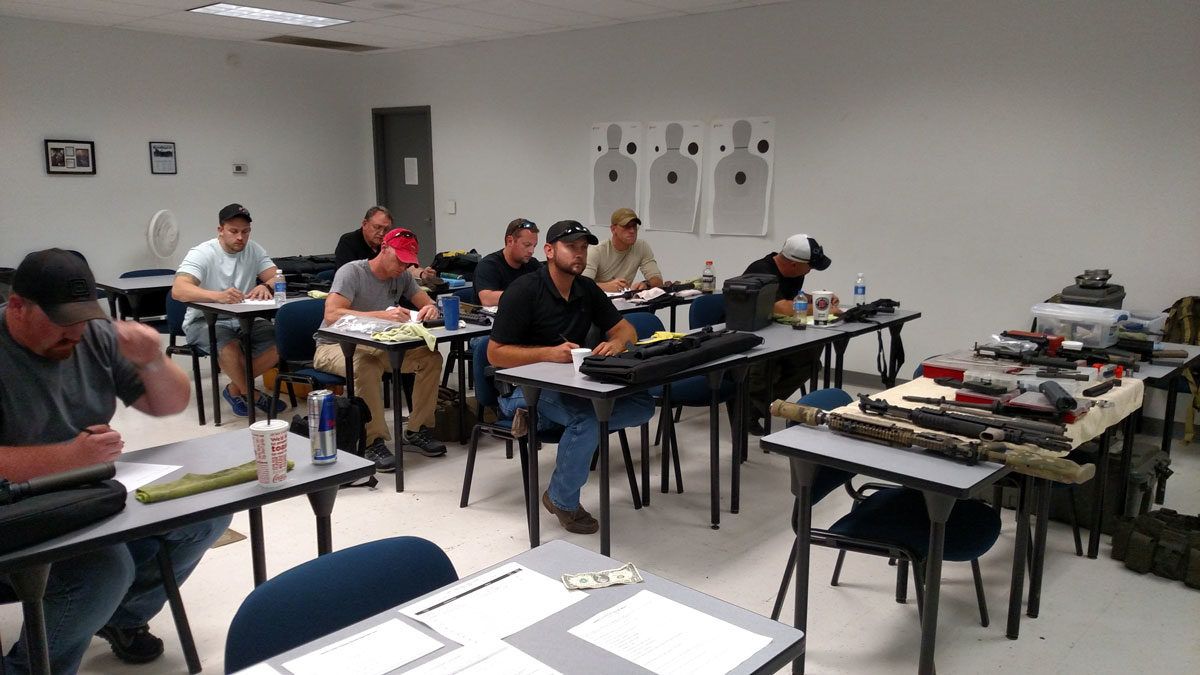
Q: Speaking of not understanding the weapon…You’ll hear certain folks talk about the AR as “Legos for adults”, which I know causes some to cringe. Can you explain why that is, and why it’s NOT the proper way to look at the AR platform?
William Larson, Semper Paratus Arms – The best example I can give is if I give you a Lego set that contains all of the pieces to build the Death Star, and I provide you no instructions, guidance or information…I’m fairly certain you are not going to end up with the Death Star. You’re going to end up with something else.
A lot of people will buy parts and make the assumption that “the manufacturer made it, so it must be right.” I can tell you right now, that is the furthest thing from the truth.
Never Assume a Part is Correct
My point is, do not ever assume that just because you buy a part, that it is correct. There are lots of parts that are simply being churned out to put on guns because they are cheap and they do not require a lot of brain power when assembling them. A good example of that is the aluminum Picatinny gas block that you will see for sale and used on certain models of ARs. That is a completely bad component. It has a lot of issues, but it was made because it is simple and very cheap.
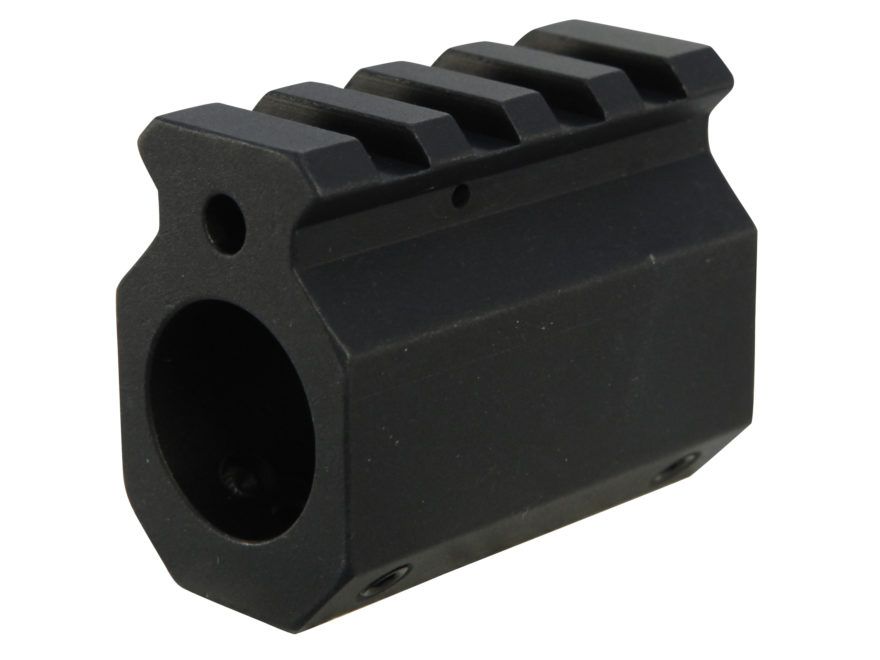
My hope is to try to get you, the builder, to look at the bigger, better companies out there. I want you research what they’re doing, look at how they do things, and then compare it to what you’re doing. Chances are you’re making some mistakes.
Q: Can you walk us through some of the most common mistakes you see teaching your Semper Paratus Armorer Course?
William Larson, Semper Paratus Arms – Some of the more common things I see are issues installing low profile gas blocks. That’s a big one. I just did a class in Oregon where a pair of uppers were not assembled correctly. Both guns, on top of everything else…had installation issues with the gas block. That is one that your AR-15 home builder is going to potentially completely miss because they just do not understand what is happening.
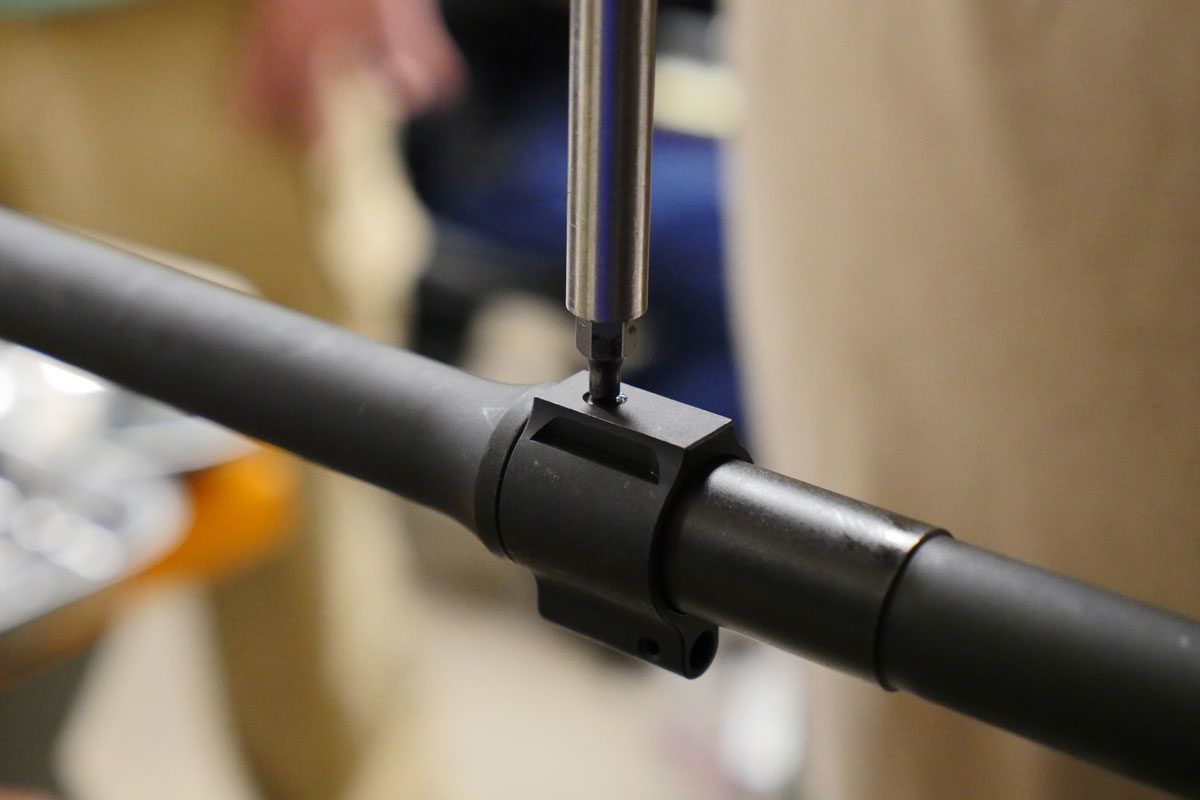
Another common issue is the receiver extension/end plate/castle nut…It is an area where even many manufacturers are falling flat on their face. It’s not hard, but it does require a little time. The person assembling it has to do things a certain way, and again, that takes a little bit of time. In the production world, we know that some of the ways you save money are component cost and time.
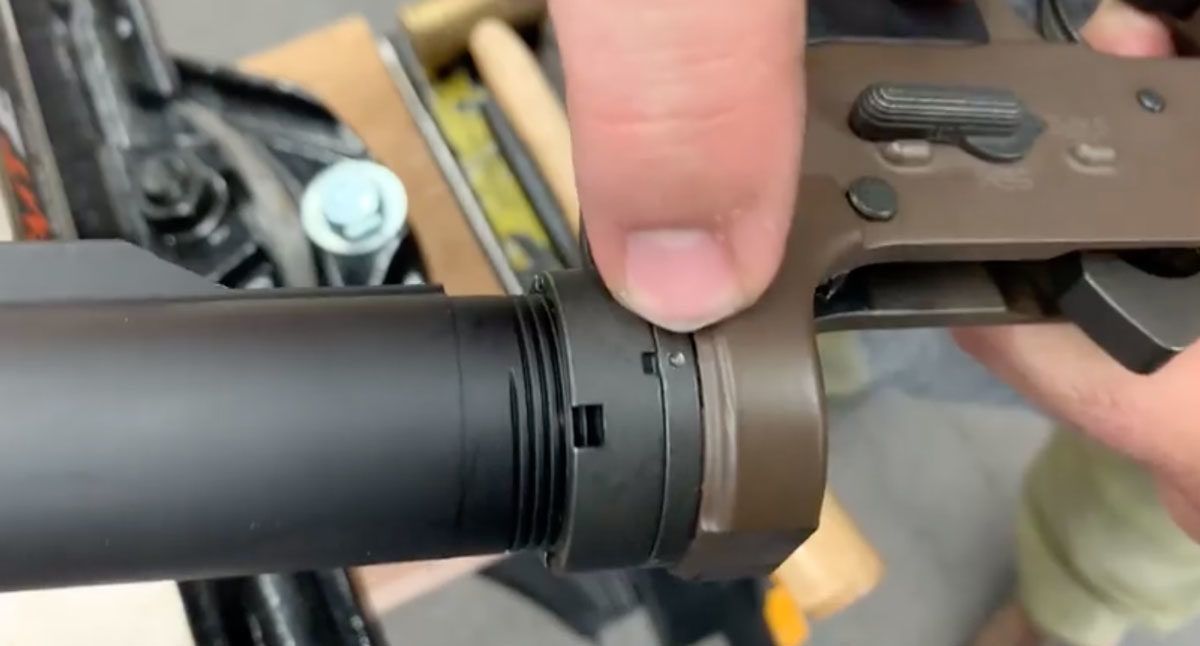
Choosing a Quality Bolt Carrier Group
I’d also mention the bolt carrier group. A lot of people think there’s thousands of bolt carrier group manufacturers in America. That’s not true. There’s only a handful or two. And from there, there’s only 4 or 5 that are really doing it correctly…to spec. That means they are using the right torque value, the right type of screws, and then the most important part of that equation is the staking of the screws…
Q: I’d be negligent if I didn’t ask…are there bolts that you’d feel comfortable recommending?
William Larson, Semper Paratus Arms – I don’t like to do that, but its a valid question…At some point it has to be answered. Perhaps if we tell builders to research, then maybe the lights will come on.
I will say if you take a brand new Colt mil-spec bolt carrier group, you will notice it checks every box. They don’t go into a total in-depth description of what it’s made from..for example, that it has the correct mil-spec alloy, Carpenter 158 steel.
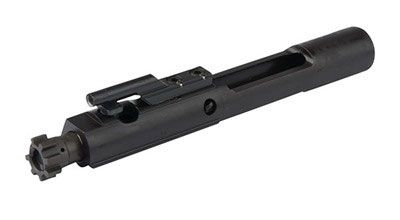
But you can trust them because they are the originator. They have been in business a long time. Colt knows exactly what they are doing. They may not fully describe it on a website, but you can usually buy in confidence that they are done right.
Another example of doing it right is Bravo Company. They use the M4 Carbine as a baseline…as a “beginning point”, so to speak. If you research BCM’s bolt carrier group, you’ll find it checks all the boxes. Staking…alloy, etc.

Then, of course, we have companies like Sionics Weapons Systems where we check all of the boxes, but then we use the addition of NP3 from Robar on our bolt carrier groups. It adds a bit more lubricity to the BCG and post-shooting, it makes clean up a little bit easier.
Sons of Liberty Gun Works is another company that does that. Again, research their specs and you will see that they are sourcing and having stuff done following the same standards. So, when you start really comparing those guys, you will see common threads there…Carpenter 158 steel, the properly staked carrier key, the correct carrier key, proper extractor, extractor springs. All those different things…you will see in those companies.
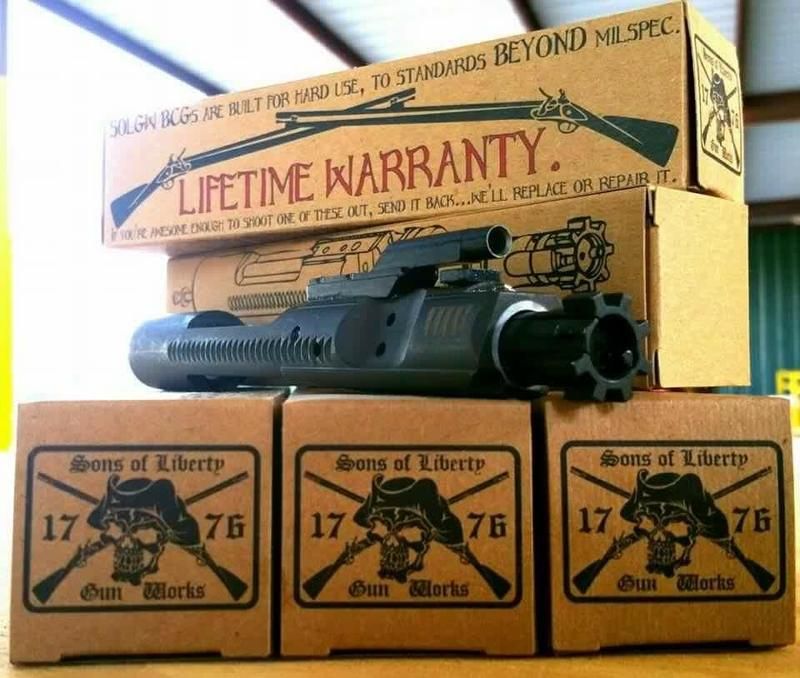
Q: I will see someone claim that their $500 dollar AR can perform as well as someone else’s $2,000 AR. This can often cause an argument where nothing is solved. Perhaps the person with the $2,000 AR is usually called an “elitist” and perhaps the person with the $500 dollar AR is called “poor.” I’d love your professional opinion on that seemingly endless back and forth.
William Larson, Semper Paratus Arms – The person with the $500 AR is in some ways correct. That $500 dollar AR is just as good if you are taking pictures for Instagram, Facebook, and perhaps shooting 100 rounds a year. That thing is going to be just fine.
The problem is some of those $500 ARs are now being marketed towards law enforcement. And these departments are tempted because they are cheap. They’re thinking “I’ve got a 700 person department. I need 700 guns.” It becomes very enticing.
The problem is when you start actually using those guns, when you begin stressing them out…which many people do not – you start seeing issues.
Q: Can you give us a recent example of that?
William Larson, Semper Paratus Arms – Sure…as a bit of backstory, your readers should know that one thing about my class is I do not provide weapons. You show up with YOUR weapon to a Semper Paratus class. It can be the weapon from your department, or perhaps your purchased weapon.
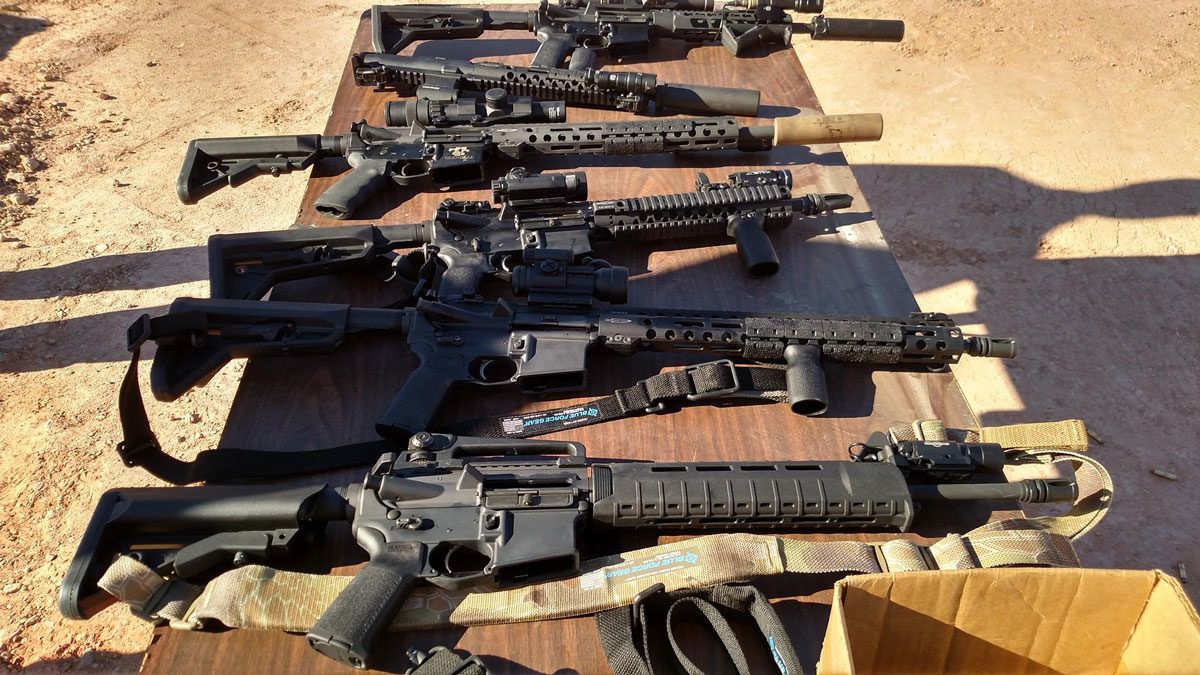
The reason I do that is because we go through and we find problems. I start to point out things like “they did not stake your castle nut endplate properly.” Or, “Your gun looks like it’s been used and you have worn-out gas rings.”
Theres a lot of stuff we go through, and because of that attendees really start to learn. I tell them to “get a piece of paper, take notes on what’s wrong with your gun, and when you get back home…fix it.”
“metal shavings in the weapons”
So, to answer your question…Recently I taught a class in ________ with one of the larger agencies in the area. And sure enough, they fell under the spell of the allure of the cheap gun. They bought several hundred rifles from a particular manufacturer, and now they are having multiple issues. In fact, from the moment they were unboxed, they immediately started noticing things going on.
They were finding metal shavings in the weapons when they were doing their basic inspection. That means the company didn’t put a lot of time into the final checks, cleaning, etc…and now, because of that, those guns are having problems. They’re having gas ring issues due to machining problems. I was also told HALF of the guns had the receiver extension/castle nut/endplates come loose while they were shooting on the range.
“They’re not being generous”
So, when you buy that $500 dollar M&P15 Sport or that Ruger AR-556…and similar guns, you have to ask yourself, “how did they reach that price point?” They’re not being generous to you. They’re not giving you something for free. They have had to eliminate certain things from that weapon to keep the cost down. That means how it was produced, the manpower put into it, and the components. And that’s the areas where the issues will start to show up.
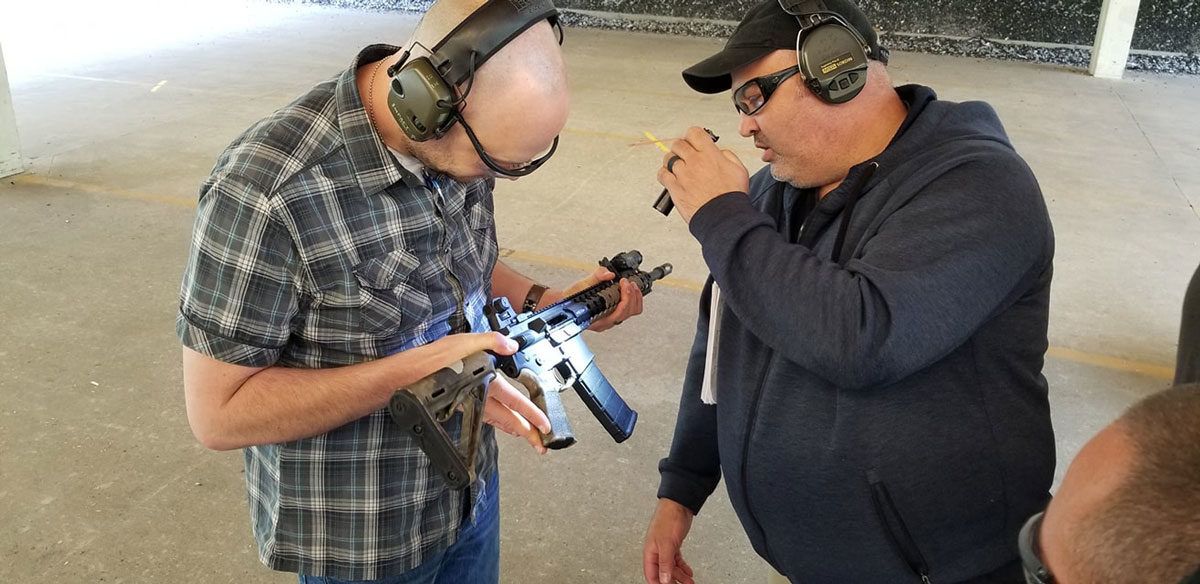
Q: How can someone sign up for one of your Semper Paratus classes?
William Larson, Semper Paratus Arms – If you go to www.semperparatusarms.com, on my website, I give info about myself, the course description, and the locations…if you look at it you will see many locations. I teach all over the country.
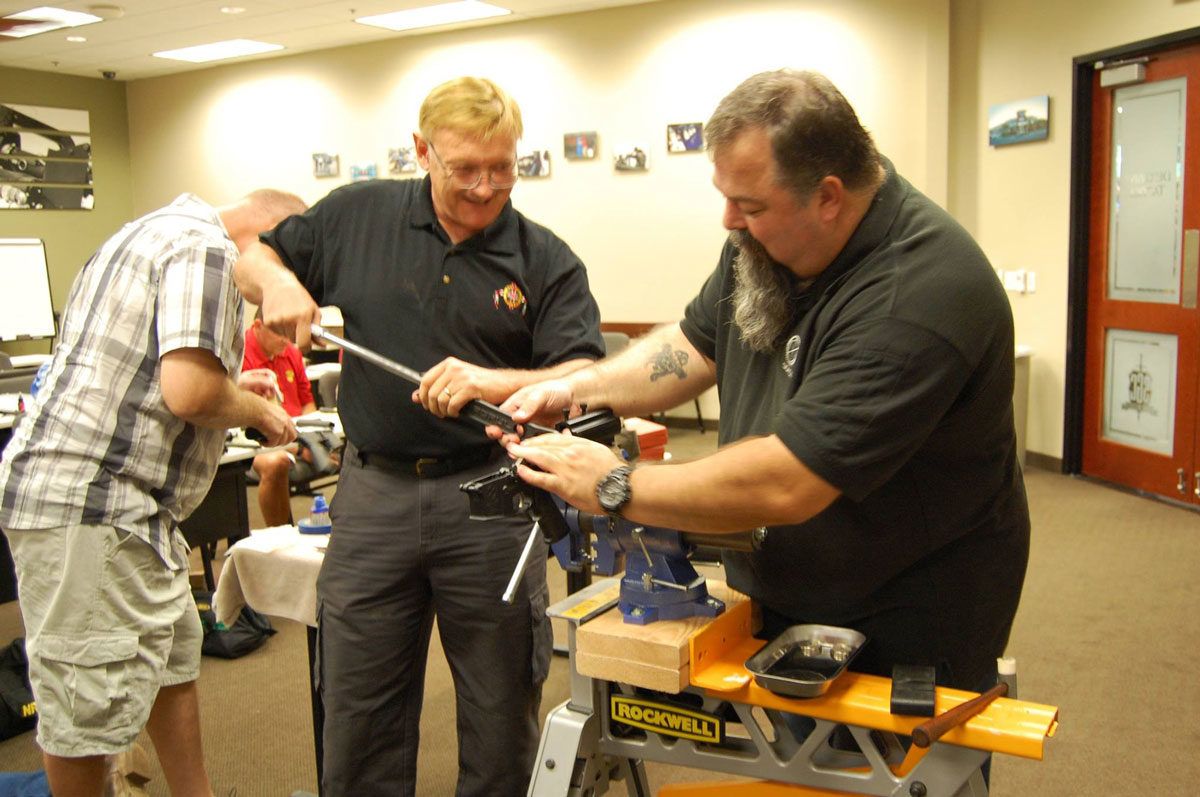
Q: Any final parting thoughts we have not covered?
William Larson, Semper Paratus Arms – I would just like to encourage AR owners to go out and get some training. I say that because one thing that we also talk about in the class that shocks people is how much gunsmiths do not understand this weapon and how to do proper assembly work and modifications. They have caused some serious damage.
I would much rather a guy learn to work on his own stuff at his own house as opposed to going somewhere and having someone do it, especially when they are not as well trained as you think they are.
“you’re not going to know that if you have not dug into it”
The other thing I want to stress is that people need to understand that there is a standard for how to build these guns. But you’re not going to know that standard if you have not dug into it. People need to find out what those standards are, what they mean, and how they are applied.
Finally, another thing that drives me crazy is that when guys talk about “mil-spec” they have this image in their head of “cheapest part, not the best quality, made by the hundreds of thousands by somebody for Uncle Sam.”
That is actually not true. Mil-spec parts are made to a specific standard, they are outlined and that manufacturer and that component have to meet that standard.
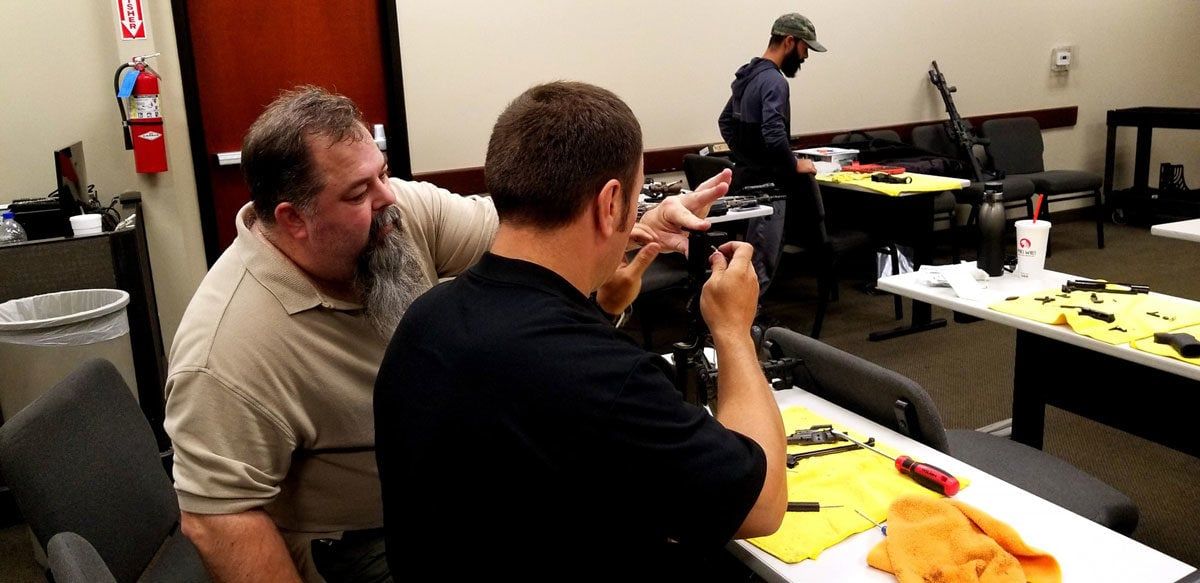
“An intensive two days”
When people say “mil-spec is junk” just remember many of the rifles that they themselves are buying don’t even meet the mil-spec standard…Again, a lot of guys just do not understand what mil-spec is, and we work hard to clarify that in the class, along with everything else we try to teach.
The armorer’s class…It’s an intensive two days, but it’s an important beginning block. It’s a stepping stone for people. I tell my attendees “I’ve given you some information. Now you need to apply it and start using it.”
###


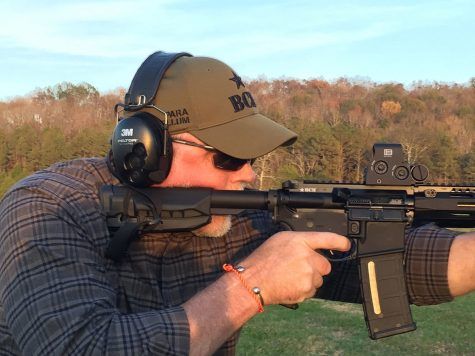
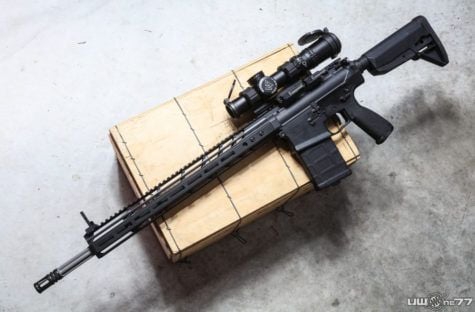
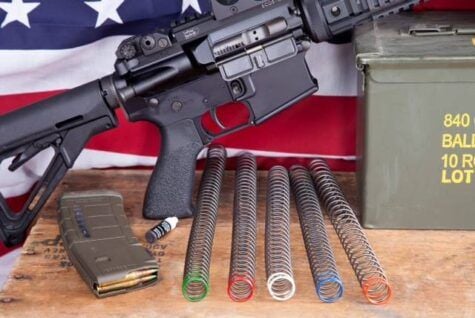

[…] This concept, popularized by the late Will Larson, emphasizes that AR-15s are not like Legos. Parts from different manufacturers can have variations […]